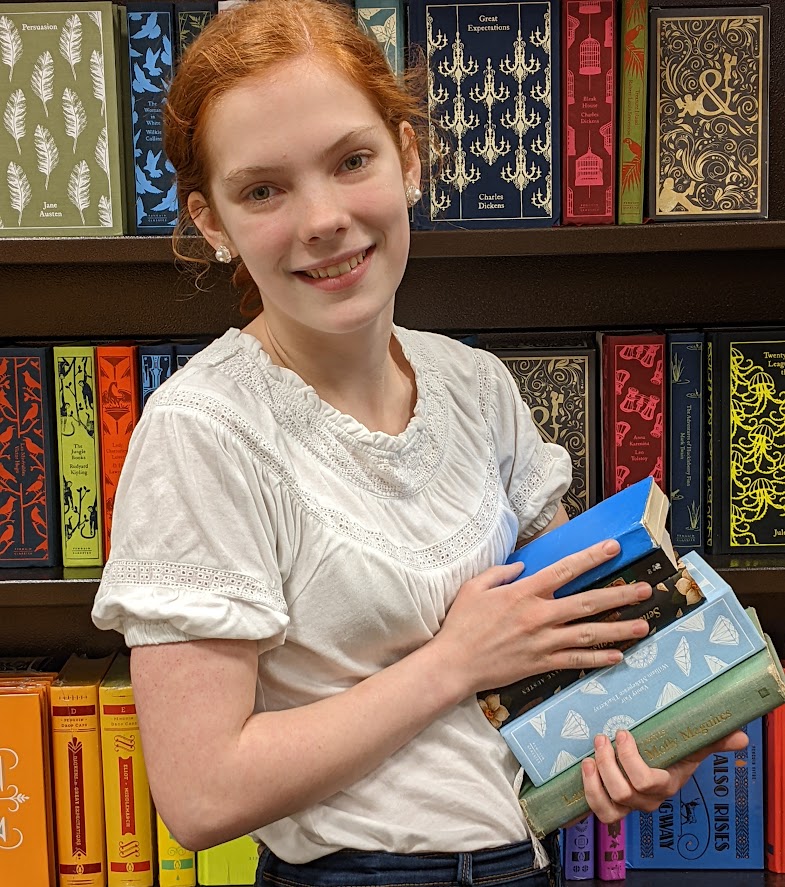Some of the best villains in fiction are those that are both ruthlessly evil while also being understandable. While the motivations of awesome villains like Umbridge remain a mystery, some of the most powerful villains can be those that we understand — that might even mirror our own motivations — while also being recognized as utterly corrupt. It’s true that you can write a story about a completely unrelatable villain and still do very well. Examples include Azula from Avatar: The Last Airbender, Sauron from the Lord of the Rings, and Voldemort from the Harry Potter series.
But a villain’s utter betrayal will be so much more poignant if they are relatable. The wickedness within them that seeps out to poison your protagonist will be so much more bitter if your reader understands why your villain has reached this point, why they are so desperate and broken.
But it can be difficult to write an understandable villain without seeming to excuse their actions with a tragic backstory and scarred conscience. Recent media especially has struggled with blurring the lines between heroes in villains, often conflating the two or trying to make a villain’s actions excusable in light of the circumstances.
Balancing the two can be challenging. But The Goose Girl did it incredibly well, crafting a villain that was both completely understandable while also being recognized as ruthlessly evil. Enter Selia, the case study for today’s article.
The Goose Girl
Although Princess Ani of Kilindree was given the title of “Crown Princess” and destined heir to the throne as an infant, after her father’s death, everything changes. Her kingdom is now in a dangerously precarious position, surrounded by countries with competing political interests. Within days a marriage alliance is arranged, and she is shipped away from everyone she has ever known to marry a man she has never met, the prince of Bayern. Her only comfort is Selia, the one handmaiden who insists on staying by her side through Ani’s difficulties.
Unbeknownst to Ani, Selia is planning her own rise to power.
She has been carefully watching the political stage and has calculated the moment when she could finally seize control and exercise her authority over both Kildenree and Bayern.
On their way to Bayern, traveling with a large caravan, Selia quietly convinces more than half of Ani’s attendants to turn to her side. One evening, Selia gives the signal, and her forces seize the caravan, meaning to murder Ani and wed Selia to the prince of Bayern in her place. Ani escapes, knowing that if she ever sees Selia again, it will likely be the death of her. Realizing that Ani, who was weak even as a Crown Princess, will be scared enough to stay in hiding, Selia makes her way into Bayern, where she plans to marry the heir to the Bayernian throne while disguised as Ani, thus controlling both Kildenree and Bayern simultaneously.
What Makes Selia So Special?
From the description above, Selia seems far from impressive. Sure, she’s a looming force in our protagonist’s world and a huge threat to Ani. She helps raise the stakes and force Ani out of her comfort zone, two things which villains must accomplish. But so many other stories have managed to pull this off and still leave their viewers feeling as though the villain was mediocre, at best.
What makes Selia so exceptional as a villain is how relatable she is.
In one scene, the author shows us the inner workings of Selia’s thoughts. She shows us the motivation for everything that Selia does. We see Selia’s calloused treachery. But we also see a broken, neglected girl who desperately wants to do something with her life that matters. She wants to prove to the world that she is more than an insignificant serving maid.
“All I ever wanted is what you have.” she tells Ani, her voice shaking. “And you don’t even care about who you are.” As much as we love and admire Ani, she is a frightened, useless princess who has never done anything for herself. Meanwhile, Selia has grown to be a clever, beautiful young woman, seemingly wasted on serving a princess who has never accomplished anything on her own merit.
Selia is flawed and afraid, just like Ani. They both fear being insignificant and meaningless. They both realize that something greater than royal blood determines a person’s merit. They have both measured Ani up and found her inadequate.
“I have had to serve you and call you mistress and wait and wait and wait… What a horrid title, lady-in-waiting.” Then Selia finally spells out her manifesto to Ani, who is still reeling from the shock of losing her only friend. Selia faces her enemy and rival and finally declares what she believes to be true above all else.
“There is no such thing as royal blood. I believe we are what we make ourselves.” Then she leaves the room to plan the moment when she will seize the caravan and kill Ani.
Taken on their own, her desires, her dreams, her manifesto, are all good things. Personal freedom, equality for all, are desires all men share in common. These desires have overthrown dictatorships and created the most freedom the world has ever seen. They have allowed individuals to grow to more than the circumstances of their birth. Her manifesto is powerful and true. And it’s relatable.
Selia has spent her entire life being forced to do tasks that are beneath her, constantly reminded that because of who her parents were, she is considered unworthy to rule. She is tired of the expectations put on her. She is weary of eternal waiting. She wants freedom, she thirsts for power, and she hates that Ani wears the crown for no other reason than who her parents were.
But Selia forces all of this into a willingness to kill anyone for her own power. She has prized her own freedom highly enough that she views any restraint on it as an oppression of her rights. And she sees such an oppression as worthy of death.
And that makes her a relatable villain villain.
Her desires, her fears, her ideals are relatable and powerful.
But her actions, her willingness for bloodshed, her ruthlessness, her calloused betrayal, that makes her so evil.
And that is what makes Selia such a powerful villain.



What villains do you find understandable while also being evil? Did they use the technique mentioned above? And how was the article? Too sweet? Too sour? Just right? Comment below and let us know!


Hi! My name is Mara, and I’m a Christian artist, violinist, and blogger. I remember the day that I decided that I would learn something new about what makes a good story from every book I picked up — whether it was good, bad, or a mixture of both. I use this blog as a way of sharing some of the tips and tricks I’ve learned, and highlight which books, cartoons, and movies have taught me the most about writing an awesome story.

